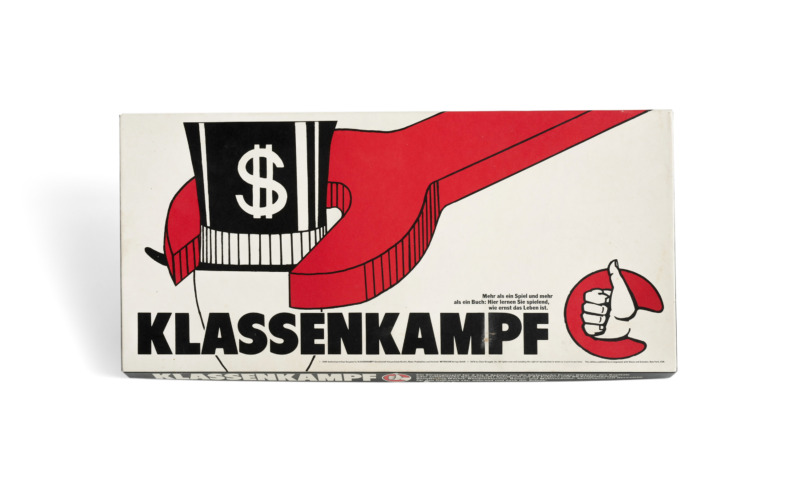The design of a pair of salt and pepper shakers in the form of two figures from Pablo Picasso’s painting “Guernica” – without wanting to quote the popular principle “form follows function” from architecture and design – does not meet the design criteria of the Werkbund, Bauhaus or HfG Ulm.
Its exterior contributes nothing to the shakers’ function – to sprinkle salt and pepper in a more or less purposeful manner – and even makes them almost unrecognizable. On the other hand, consumer goods designed in this way fulfill other functions: they serve as design pieces of distinction, are valuable as collector’s items (especially in the US there has long been a huge collectors scene), fulfill a souvenir function or, in these warring times, are even a political statement on the dining table (in Turkey, twelve pairs of spice dispensers in the shape of cooks were arrested a few years ago because, according to the Istanbul anti-terrorist unit, they resembled PKK leader Abdullah Öcalan). In short, they are an expression of a certain lifestyle.
The precursor of today’s salt and pepper shakers was first the sandbox as part of the writing set to dry the ink, and later open bowls or saliers on the table from which the salt was taken with a little spoon or the tip of a knife (fingers indelicate!). The first patents on salt and pepper shakers were registered at the end of the 19th century. (Footnote: A special one came from the botanist and philosopher Raoul Heinrich Francé in 1920. His “shaker for spices, medicines, etc.” modeled after the poppy seed capsule, is considered the birth of bionics and was intended to help distribute microorganisms evenly over the earth). But it was not until the so-called trickling aids (e.g. calcium carbonate) invented by the American salt manufacturer Morton Salt in 1911 that the tendency of salt to attract humidity and form lumps was defeated and helped modern salt and pepper shakers to achieve their breakthrough. What a diverse (and often funny to bizarre) world has emerged since then can be observed in the next few months in the context of our current special exhibition ORGANIZING THINGS, in which thousands of specimens are being transferred “live” to the collection.

